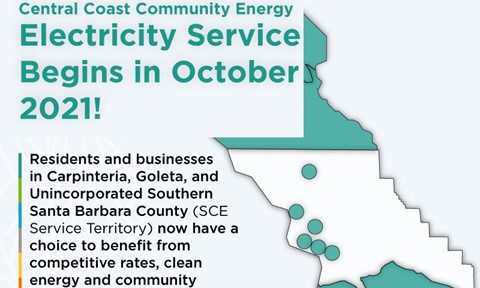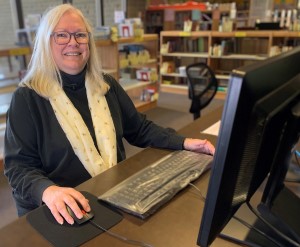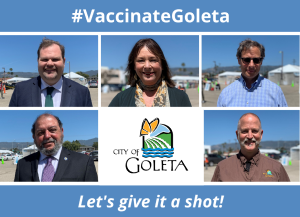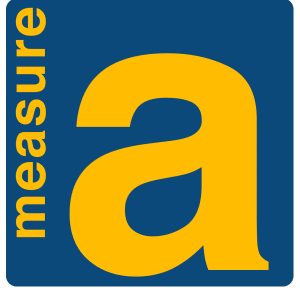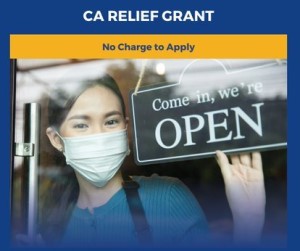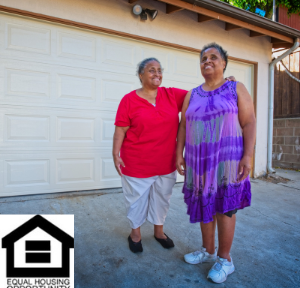Enrollment Begins for 42,000 Eligible Customers – Four Notices Between August and December to Highlight Enrollment Process, Local Economic and Environmental Benefits
Ushered in by 31 other communities throughout the Central Coast, agriculture, business and residential customers in Carpinteria, Goleta and Unincorporated Southern Santa Barbra County will begin receiving service from Central Coast Community Energy (CCCE) in October 2021. All enrolling electricity customers will receive four mailed notifications with details about enrollment and what CCCE means for the newest communities and customers the public agency will begin serving.
Mailed notifications go out in August, September, November, and December and CCCE staff is also engaged in community outreach including virtual webinars in English and Spanish to keep households and businesses informed about the transition. Across the CCCE service area, PG&E and SCE continue their traditional roles delivering electricity and sending one monthly bill that includes CCCE charges, but CCCE is now in charge of how and where this electricity is generated. The net result is new, local economic and environmental benefits for customers.
“With service for customers in Carpinteria, Goleta and southern Santa Barbara County beginning in October Central Coast Community Energy will bring choice and more opportunities for customers,” shared Das Williams, Santa Barbara County Supervisor and CCCE Policy Board Vice Chair. “As an agency, CCCE is moving the needle on reducing emissions and creating new renewable energy resources that benefit not just the whole state but our planet while maintaining affordability for its Central Coast customers.”
As a community-owned electricity provider, CCCE’s focus on clean energy and local control is already providing approximately 350,000 Central Coast customers access to competitively priced electricity, incentives and rebates from innovative local energy programs such as funding for electric vehicles (EV) and EV charging stations, zero-emissions electric school buses, electric agricultural equipment and more. As a public agency, CCCE also provides regular opportunities to participate in public meetings and workshops that steer the course of future CCCE community reinvestments. To date since launching in 2018, those investments total $49.5 million in community reinvestment including a 50% rate reduction totaling $22 million for May and June 2020 in response to COVID. CCCE also funds energy programs, with $12 million available for fiscal year 21-22.
“After years of community support and study, we are pleased that Goleta is moving forward with this “community choice” energy model. Joining CCCE will help further Goleta’s goal of providing fossil-free electricity. The City of Goleta is excited by what is offered by this new energy option: competitive rates, reduced greenhouse gas emissions, and a greater offering of programs to invest in our community.” Shares Kyle Richards, Goleta City Councilmember and CCCE Policy Board Member for the City of Goleta (shared seat with Carpinteria).
For all participating communities, CCCE service represents a first-ever choice and alternative to receiving electricity service solely from investor-owned utilities (IOUs) such as PG&E or SCE. Following the same structure as 23 other community choice energy agencies serving more than 11 million customers throughout California, CCCE works in partnership with the IOUs. In their respective service areas, PG&E or SCE continue delivering electricity, maintaining infrastructure, and sending one monthly bill that includes CCCE electric generation charges; these electric generation charges were previously charged by IOUs as part of their bundled service costs. IOUs will continue charging for transmission and delivery. Customers also continue to have uninterrupted access to financial assistance programs including CARE, FERA, Medical Baseline, AMP and California’s Climate Credits.
“Joining Central Coast Community Energy allows our community to receive the benefits of choice, local control, competitive rates and ways to further reduce local greenhouse gas emissions.” Stated Katie Davis, CCCE Community Advisory Council Member. “I’m proud to be representing the County of Santa Barbara and witnessing the innovative solutions CCCE is capable of providing to the communities it serves.”
Both the economic and environmental benefits that CCCE provides are anchored in a commitment to not just sourcing clean and renewable electricity but growing these resources in ways that contribute to grid stability and support customers and communities with the transition from fossil fuel sources to clean energy solutions, accelerating progress towards California’s ambitious climate goals. As California’s largest community choice energy agency by geography, CCCE has already energized significant economic and environmental progress in Monterey, San Benito, San Luis Obispo, and Santa Cruz counties.
“Our expansion to serve 3 new communities in Santa Barbara County marks an important transition in CCCE’s development as a community choice energy agency,” shares CCCE CEO, Tom Habashi. “Our southward expansion led to a name change, a larger board and most importantly a new direction and a real commitment to renewable energy. By October of this year, CCCE will be serving four counties and 29 cities along the California Central Coast.”
CCCE has committed to reaching 60% clean and renewable energy by 2025 and 100% clean and renewable energy by 2030, 15 years ahead of California’s SB100 goals of 100% zero-carbon energy by 2045. CCCE has already contracted for $1.1 billion in long-term renewable energy contracts and has requested offers for long-duration storage for renewable energy, increasing the reliability of renewable resources in California.
Enrolling residents and businesses may attend free online webinars and virtual office hours to learn more. https://3cenergy.org/2021-enrollment/. Community members may sign up for the CCCE monthly newsletter here.
About Central Coast Community Energy
Central Coast Community Energy (CCCE) is a public agency that sources competitively priced electricity from clean and renewable energy resources. CCCE is locally controlled and governed by board members who represent each community served by the agency. Revenue generated by CCCE stays local and helps keep electricity rates affordable for customers, while also funding innovative energy programs designed to lower greenhouse gas emissions and stimulate economic development. CCCE serves more than 400,000 customers throughout the Central Coast, including residential, commercial and agricultural customers in communities located within Monterey, San Benito, San Luis Obispo, Santa Barbara and Santa Cruz counties. Learn more at 3CEnergy.org and on social media, including Facebook, Instagram and Twitter @3CEnergy.


